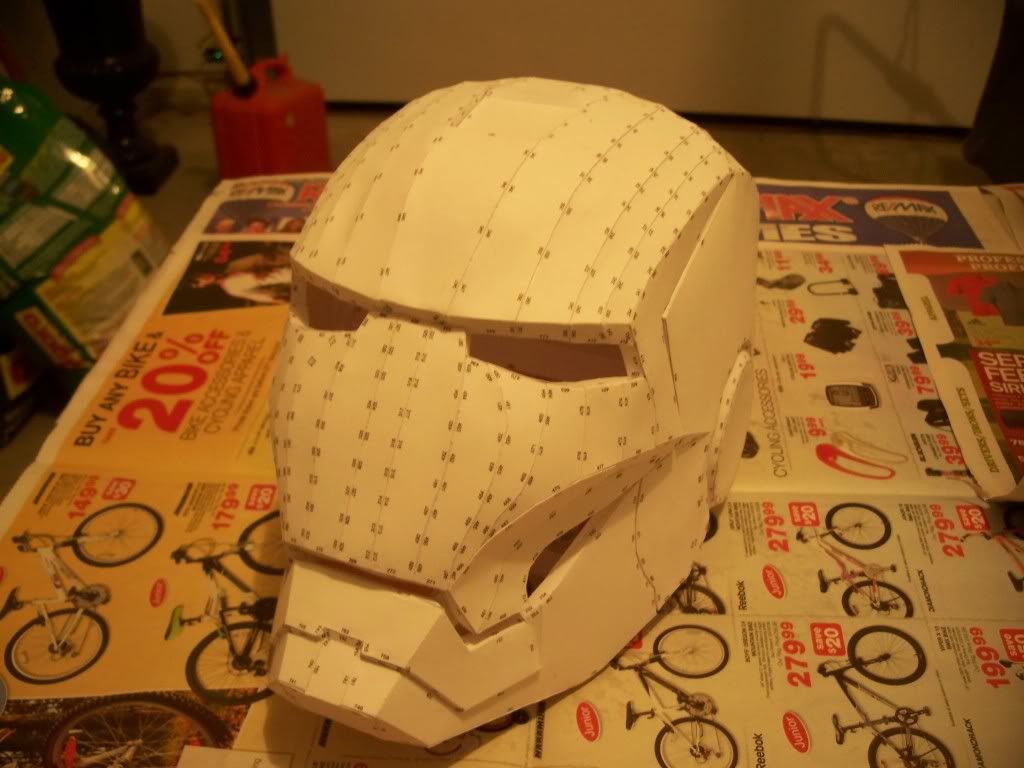DonaldDarth
New Member
Hi everyone,I'm the new joiner from Hong Kong.I would like to make my props.I just read "The PEPAKURA question thread"
However I haven't too much knowledge and some links isn't work in "The PEPAKURA question thread"
Would you mind help me?
What is the difference between fiberglass and fiberglass resin?
Are you using fiberglass resin for pepakura props? or other material?
or Should I use Bondo?
and one more question,how can I fix some pit on the finish pepakura item?
from Surreal Studios pics,you can see his helmet very smooth


However I haven't too much knowledge and some links isn't work in "The PEPAKURA question thread"
Would you mind help me?
What is the difference between fiberglass and fiberglass resin?
Are you using fiberglass resin for pepakura props? or other material?
or Should I use Bondo?
and one more question,how can I fix some pit on the finish pepakura item?
from Surreal Studios pics,you can see his helmet very smooth


